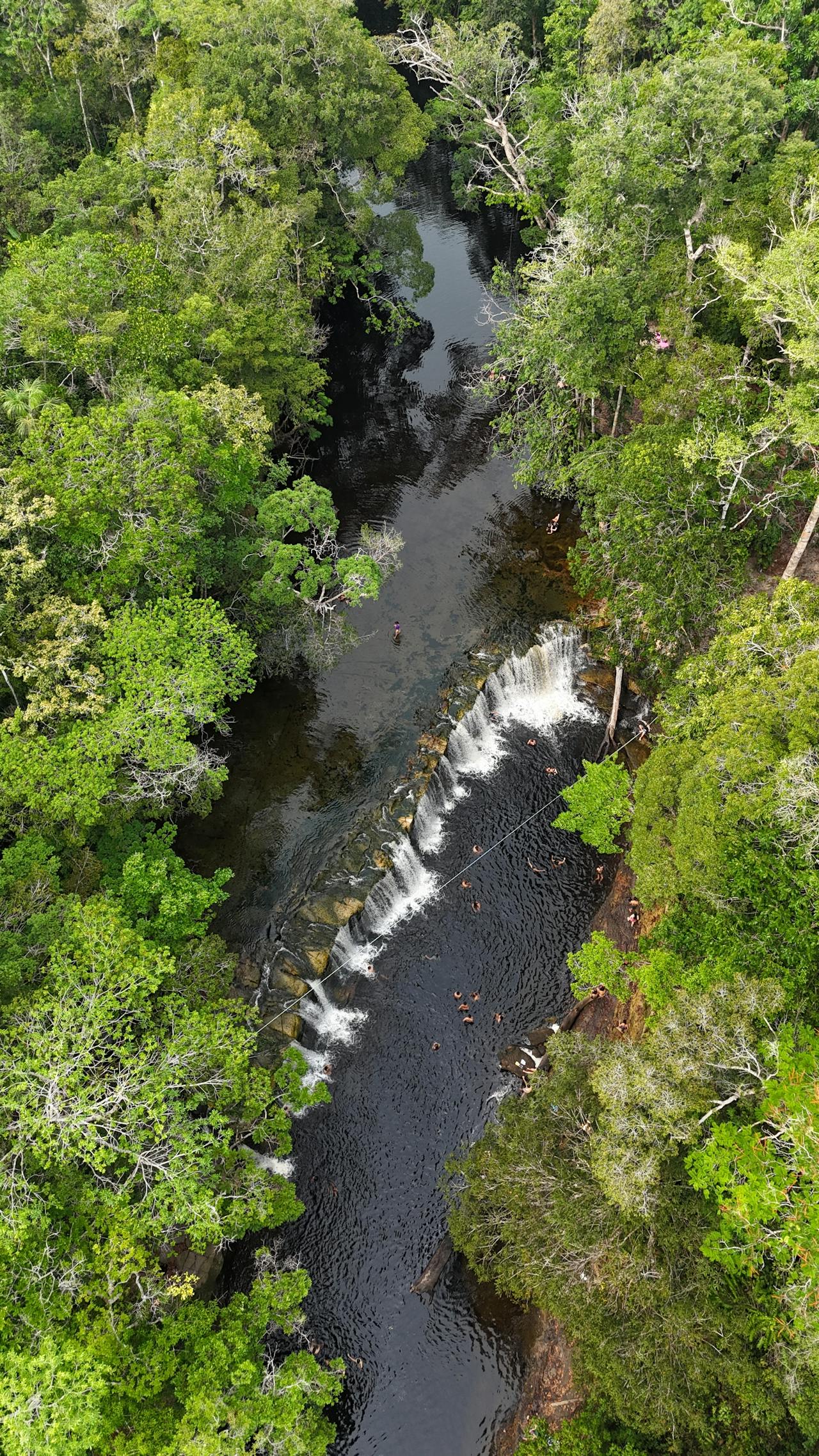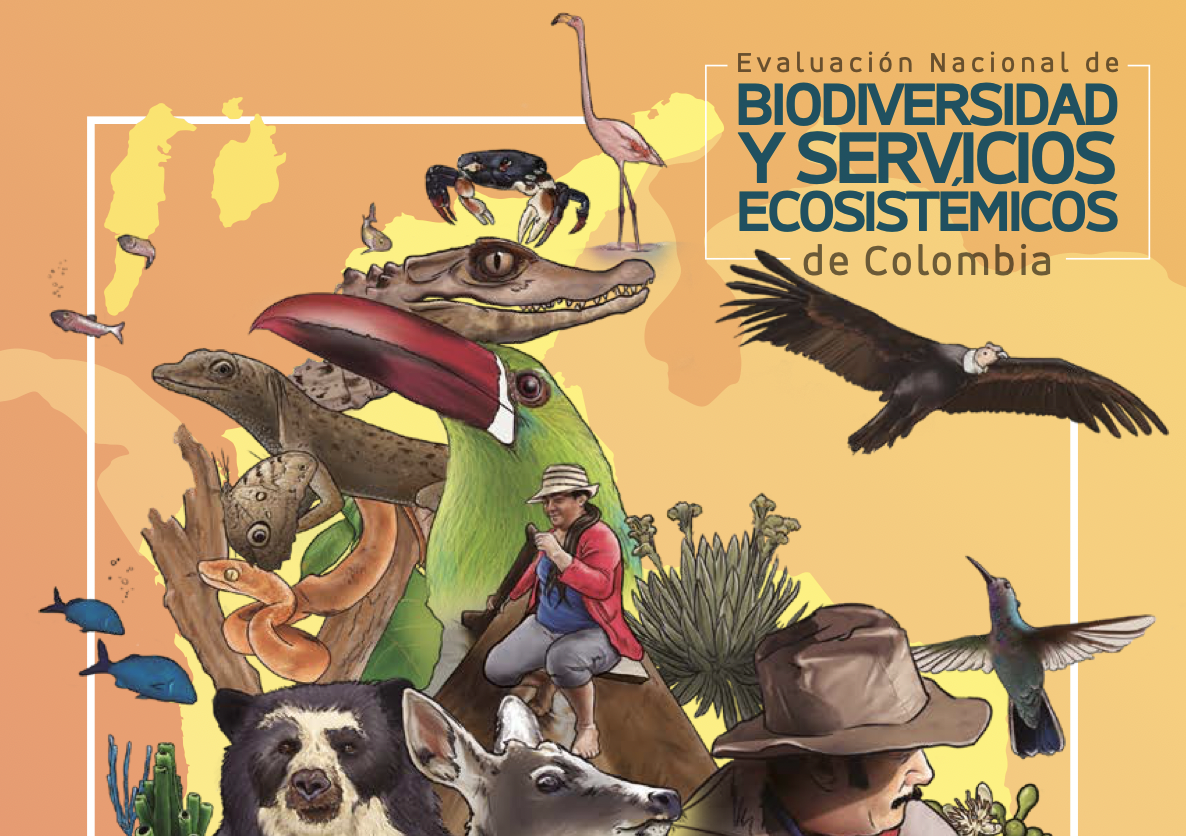Over many years and in many different circumstances, national decision-making has failed to fully consider relevant knowledge and information to capture the value of biodiversity and ecosystem services to society4. This has resulted in widespread biodiversity loss and a serious decline in ecosystem services (e.g., crop pollination, water purification, flood protection, and carbon sequestration) that support livelihoods and human well-being, and together are estimated to be worth one-and-a-half times as much as global gross domestic product (GDP)5.
Between 1997 and 2011, land use change drove the yearly loss of ecosystem services with an economic value ranging between 4 to 20 USD trillion, whereas that associated to land degradation was worth a further 6 to 11 USD trillion per year5. Tools and approaches that support the integration into decision-making of knowledge related to biodiversity and ecosystem services are crucial to avoid future losses.
A national ecosystem assessment is a nationally driven process that provides countries with an up- to-date, comprehensive, and critical synthesis of knowledge on biodiversity and ecosystem services framed around key policy questions1, 3. It can also highlight the value and effectiveness of different policy options and play an important role in fostering collaboration and enhancing knowledge holder and stakeholder engagement at the science-policy interface, identifying knowledge gaps and increasing national capacity. In addition, a national ecosystem assessment can help build an improved understanding about the relevance and values of biodiversity and ecosystem services to multiple sectors and can support country responses to a range of intergovernmental agreements and processes, including implementation of the Convention on Biological Diversity (CBD), communicating mutually reinforcing messages. As such, the role of a national ecosystem assessment in supporting implementation of the CBD spans over various key aspects of the CBD implementation process (see Figure 4), from planning—for example, by facilitating knowledge holder and stakeholder engagement and reinforcing capacities—to the implementation phase by supporting the integration of biodiversity and ecosystem services across sectors, as well as providing information to help monitor and report progress towards policy objectives.





























































































































































































































































































































































































































































































































































































































































































































































































































































































































































































































